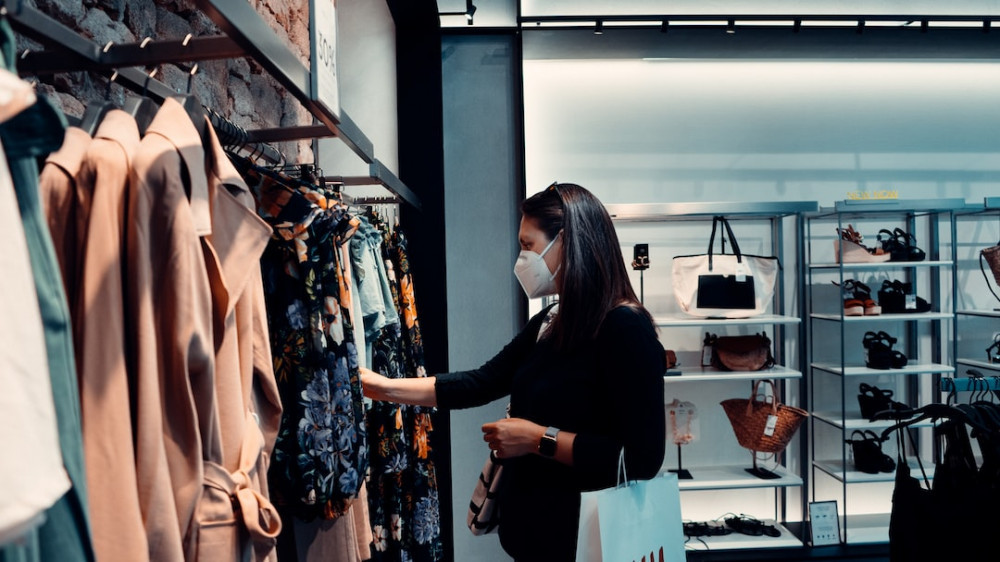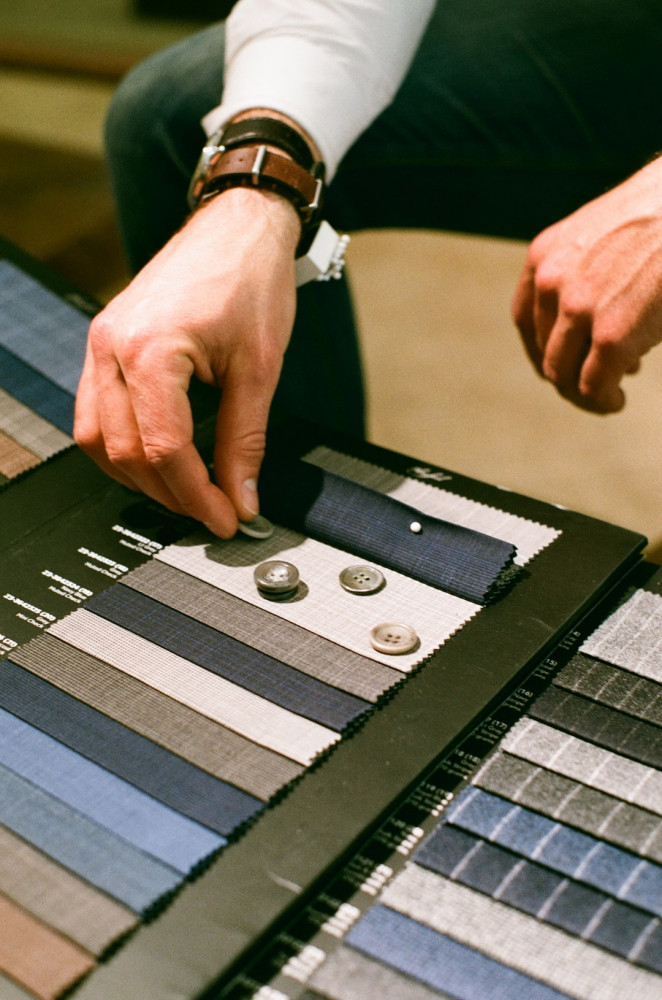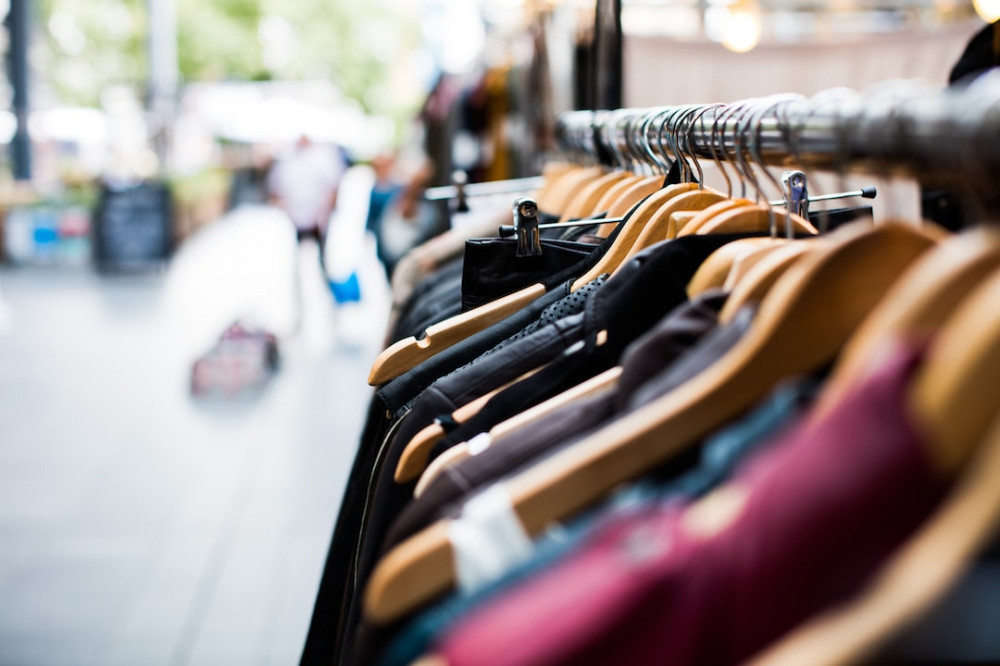
Thrift store shopping has become a beloved pastime for many, offering an exciting treasure hunt for unique and affordable fashion finds. In a world where fast fashion often prevails, thrift stores provide an eco-friendly alternative, while allowing you to discover one-of-a-kind pieces. In this comprehensive guide, we will explore the art of thrift store fashion shopping, sharing valuable tips, tricks, and affordable fashion hacks that will help you curate a stylish wardrobe without breaking the bank.
Section 1: Preparing for Your Thrift Store Adventure
1.1. Research Local Thrift Stores
Before setting out on your thrift store expedition, research the thrift stores in your area. Different stores may specialize in different items, such as clothing, furniture, or vintage goods. Understanding what each store offers can help you plan your shopping trips more effectively.
1.2. Set a Budget
Thrifting is all about finding deals, but it’s easy to overspend if you’re not careful. Set a budget for each thrift store visit to ensure that you stay within your limits. This will help you avoid impulse purchases and ensure that thrift shopping remains a cost-effective endeavor.
1.3. Dress Comfortably
Comfort is key when thrift shopping. Wear comfortable clothing and shoes that are easy to take on and off, as you’ll likely be trying on various items. Additionally, consider wearing a crossbody bag or backpack for hands-free shopping.

Section 2: Navigating the Thrift Store
2.1. Timing Matters
Visit thrift stores on weekdays or during off-peak hours to avoid crowded aisles. This will allow you to browse leisurely and thoroughly examine each item. Additionally, some thrift stores have discount days or special sales events, so inquire about their schedules.
2.2. Bring Cash
While many thrift stores accept credit and debit cards, it’s a good idea to carry cash, as well. Some stores offer discounts for cash payments, and it can be a quicker and more convenient way to pay for small purchases.
2.3. Inspect Carefully
Thrift store items may have wear and tear, so it’s essential to inspect them thoroughly. Check for stains, holes, missing buttons, or broken zippers. Keep in mind that some minor flaws can be easily repaired, but factor these into the item’s price.
Section 3: Thrifting for Fashion Finds
3.1. Know Your Size and Measurements
Thrift stores often carry a wide range of sizes, and clothing sizing can vary significantly between brands and eras. To avoid disappointment, know your measurements and bring a measuring tape with you. This will help you find pieces that fit you well.

3.2. Explore All Sections
Don’t limit yourself to just one section of the thrift store. Browse through all clothing categories, including men’s, women’s, and children’s sections. Oversized or gender-neutral pieces can sometimes yield fantastic fashion finds.
3.3. Prioritize Quality Fabrics
When searching for clothing, prioritize high-quality fabrics. Look for natural materials like cotton, wool, silk, and linen, as they tend to be more durable and comfortable. Avoid items made of low-quality synthetics that may not stand the test of time.
Section 4: Thrift Store Fashion Hacks
4.1. Mix and Match
Thrift stores offer a diverse range of styles and eras. Use this opportunity to mix and match pieces from different decades to create a unique and eclectic style. Pair a vintage blouse with modern jeans, or incorporate a classic blazer into a contemporary outfit.
4.2. DIY Customization
Get creative with DIY customizations to breathe new life into thrifted items. Add patches, embroidery, or fabric paint to update and personalize clothing pieces. You can also crop, distress, or hem items to achieve the perfect fit and style.
4.3. Accessorize Strategically
Accessories can transform an outfit, and thrift stores often have a plethora of options. Look for belts, scarves, hats, and statement jewelry pieces to elevate your thrifted finds and create a signature look.
4.4. Alterations and Tailoring
If you find a thrifted piece you love but it doesn’t fit perfectly, don’t hesitate to invest in alterations or tailoring. A well-fitted garment can look more high-end and flattering than something straight off the rack.

Section 5: Caring for Thrifted Fashion
5.1. Launder and Dry Clean
Before wearing your thrifted clothing, launder or dry clean it to ensure it’s clean and fresh. Follow the care instructions on the label and consider using natural or eco-friendly detergents to maintain the item’s longevity.
5.2. Proper Storage
Store your thrifted treasures properly to extend their lifespan. Use padded hangers for delicate items, fold knits to prevent stretching, and keep clothing in a cool, dry, and dark space to prevent damage from sunlight and moisture.
Section 6: Giving Back and Sustainable Thrifting
6.1. Donate and Recycle
As you refresh your wardrobe with thrifted items, consider donating your gently used clothing to thrift stores or organizations that accept clothing donations. This keeps the cycle of thrift shopping and sustainability going.
6.2. Sustainable Shopping Habits
Thrifting is inherently sustainable, but you can further reduce your environmental impact by adopting mindful shopping habits. Buy only what you need, invest in timeless pieces, and prioritize quality over quantity.

Thrift store shopping is an exciting and budget-friendly way to curate a unique and sustainable wardrobe. Armed with the knowledge, tips, and fashion hacks provided in this ultimate guide, you can embark on your thrift store adventures with confidence. Whether you’re seeking vintage treasures, timeless classics, or modern fashion staples, thrift stores offer an endless array of possibilities for creating a stylish and eco-conscious wardrobe while saving money and reducing waste. Happy thrifting!

As someone that has very little experience of shopping at thrift stores, I found this post incredibly insightful and useful, to the extent that I may venture out and give it a go in the near future. Have you considered posting any images of purchases that you have personally made to inspire others?
Overall, a great article!
Actually, most of the purchases I’ve made at thrift stores are items I purposely resold online. And that, itself, will be a future blog topic on this site. Thanks for stopping by!
Mark
It is a priceless post when we are in a climate crisis and trying to live sustainably.
Every section and subsection of the post is well thought out and organized.
Significantly, you are not compromising with the fast-moving fashion and even being thrifty and creative to match and supersede. It is surprising how you can mix and match and look amazing without spending much.
I like to live with fewer resources, and reusing and recycling have always been my way.
I hardly buy new stuff, which typically costs much more. My old clothes and utensils are given away to the needy or donated for a cause. Using cash and having a strict budget to spend saves unnecessary buying.
My area, even as a suburb, has various stores to buy used items. People also have built businesses selling these items.
Yes, I actually have a friend who buys used furniture to recondition and resell. She’s done pretty well at that for the past couple years and really developed a good sense for what she can most easily turn over.